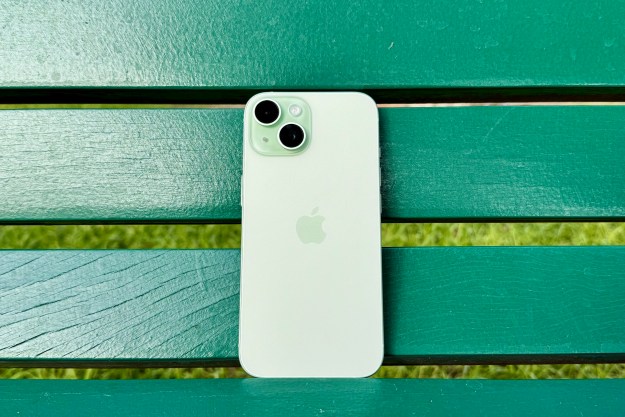Apple debuted the original iPhone in 2007, and we’ve come a long way, as demonstrated by 2022’s iPhone 14 lineup. There are 38 total iPhones that have come out in 15 years, and more coming with each year that passes.
But as great as the iPhone is as a whole, it’s never perfect. Some iPhones are clear winners … while others have been big flops. Here are five of the worst iPhones of all time, and a look at how they made this list.
iPhone 4
You’re holding it wrong

Though we did include the iPhone 4 in our list of greatest iPhones of all time, you can’t avoid the elephant in the room: “antennagate.”
The iPhone 4 introduced an all-new design that departed from the curves of the original iPhone, the iPhone 3G, and the 3GS before it. We got flat, stainless steel sides and edges on the iPhone 4, which looked fantastic. But Apple also moved the cellular antenna to the outside via the stainless steel frame, and when you held it in your hand — naturally, might I add — it would cover the antenna and result in some signal loss.
This became such a huge deal that Steve Jobs made a special announcement to discuss the problem, eventually telling owners of the phone, “you’re holding it wrong.” This didn’t go over well with most people, and Apple eventually admitted it was a design flaw and offered free bumper cases to help alleviate the issue.
So while the iPhone 4 did bring about revolutionary new features like the Retina Display and 5MP camera, it was also marred by the entire antennagate controversy. After all, what good is an iPhone if you can’t make calls with it because of how you’re holding it?
iPhone 5c
Unapologetically plastic
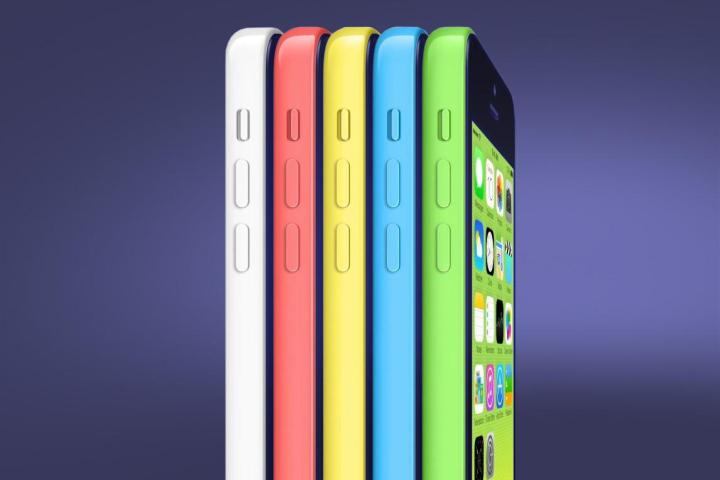
If there’s one thing that Apple isn’t known for, it’s being cheap. Unfortunately, that’s exactly what the iPhone 5c was, and it went against everything the company stands for.
The iPhone 5c launched alongside the iPhone 5S, and was meant to be a “budget-friendly” option, as evidenced by the bright and colorful polycarbonate plastic casing. These neon colors were an attempt to make the device more “fun” and appealing to a broader audience. As Apple said, the iPhone 5c was “unapologetically plastic.”
However, despite being marketed as a more affordable iPhone, it was $549 — just $100 less than the flagship iPhone 5S. For just $100 more, you could get the iPhone 5S’s superior build quality, premium feel (the 5c felt flimsy due to the plastic), Touch ID sensor, additional storage, burst mode photos, and more.
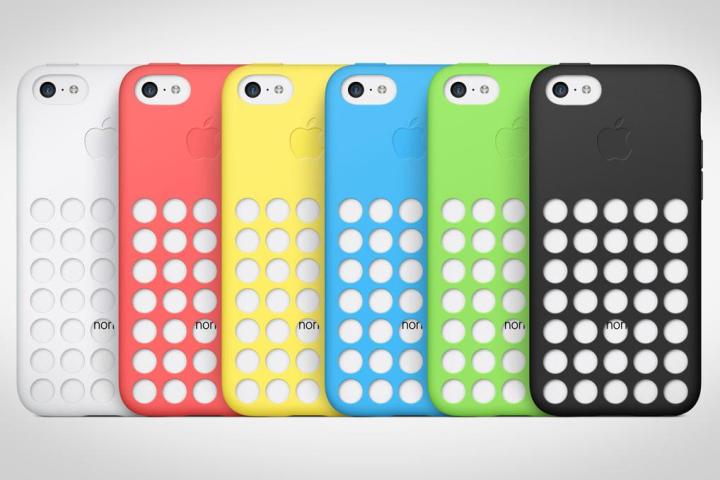
Not to mention those hideous cases that were made for the iPhone 5c. You know the ones — the cases with holes in them, combined with bright colors to contrast with the vivid hues of the iPhone 5c plastic back? To me, they were like the Crocs of iPhone cases.
With all of the terrible choices made with the iPhone 5c, it’s no wonder it flopped so badly. Seriously, what was Apple thinking?
iPhone 6 and iPhone 6 Plus
Does it bend?
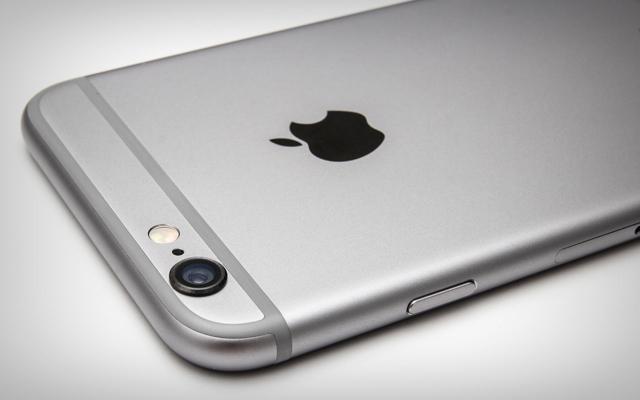
Much like the iPhone 4, the iPhone 6 brought about a new era of iPhone design. Apple ditched the flat sides and edges for rounded corners, curves, and thinness. And don’t forget those antenna lines that stuck out like a sore thumb on the back and sides of the device. But in Apple’s quest for the thinnest phone possible, there came a new controversy: bend-gate.
Because the iPhone 6 used 6000 series aluminum, it was meant to be thin and light. But it lacked support around the frame, mostly around the buttons on the edge. It didn’t take long for owners of the iPhone 6 to discover that having the device in their pockets while seated could apply enough force to bend the chassis. And unfortunately, aluminum doesn’t snap back into shape once bent, unlike other materials like plastic.
The surprising thing is that Apple was aware that this could be a problem, yet it released the iPhone 6 and iPhone 6 Plus in this state anyways. Internal testing was done, and Apple engineers had calculated that the iPhone 6 was 3.3x more likely to bend than its predecessor, the iPhone 5s, and the iPhone 6 Plus was 7.2x more likely.
On top of this, the iPhone 6 specs weren’t too impressive either, especially once the iPhone 6s came out. Though the “s” years are typically iterative updates, the iPhone 6s made the jump to 12MP from 8MP on the rear camera and to 5MP from 1.2MP on the front camera, which are both quite significant. The iPhone 6s also debuted 3D Touch, one of the best screen features that Apple puzzlingly eliminated for haptic touch, which is inferior.
iPhone SE (2022)
No longer a great value
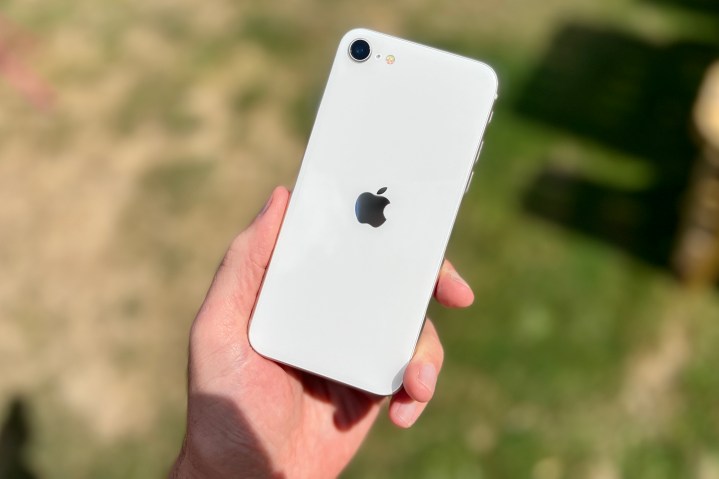
The original iPhone SE was unique and appealed to a very vocal group of users who craved a small iPhone for ease of use with one hand. The 4-inch screen size was pretty much perfect, and really the last of an era.
Apple revived the iPhone SE in 2020 with the 2nd generation, but instead of having that classic 4-inch display, the iPhone SE was a bit of a Franken-phone: it recycled the chassis of the iPhone 8, but had the A13 Bionic chip from the iPhone 11 series, which also allowed it to use a single lens for Portrait mode images like on the iPhone XS and iPhone XR. But it was conveniently priced at $399, making it a true budget-friendly iPhone.
However, two years later in 2022, Apple released the 3rd-generation iPhone SE. It retains the same iPhone 8 body, but the chip has been bumped up to the A15 from the iPhone 13 lineup, and it now has 5G connectivity. The price also increased from $399 to $429. Though it’s just a $30 price difference, it no longer feels like a budget-friendly device at above $400.
While the 3rd-gen iPhone SE isn’t a bad device, it just seems … unnecessary. At least the 2nd-gen model was attractive because of the value that it offered, but the iPhone SE (2022) just doesn’t have the same value with that price increase. It also still has the same old iPhone 8 body and just slightly bumped-up specs with the A15 and 5G.
And if you just wanted the iPhone SE because it’s a small phone, well, there’s always the iPhone 13 mini.
iPhone 14 Plus
Replace the small option with … a big one?

The iPhone 12 and iPhone 13 lineups were great because there was a little bit of something for everyone, including those who wanted a small iPhone. But with the iPhone 14, Apple decided to put the 5.4-inch mini size on the chopping block and bring back the Plus as a 6.7-inch behemoth. Those who prefer smaller smartphones are now left with either a 6.1-inch iPhone 14 or the 6.1-inch iPhone 14 Pro. There’s still the 6.7-inch iPhone 14 Pro Max, and for some reason, now the iPhone 14 Plus.
I can’t quite wrap my head around it. At least with the mini, it was advantageous for those who wanted a smaller screen because it was cheaper than the baseline iPhone 12 or iPhone 13. But the iPhone 14 starts at $799, with the iPhone 14 Plus $100 more at $899. For $100 more than that, you can get the iPhone 14 Pro. And $200 more nets you the iPhone 14 Pro Max — which would be the superior larger phone anyway.
The iPhone 14 Plus is just the same as the iPhone 14, just … bigger. You still have the last-gen A15 Bionic, no telephoto lens, only a 12MP main camera instead of 48MP on the Pro models, a notch instead of the Dynamic Island, no 120Hz ProMotion display, and only up to 512GB of storage. I suppose the only real benefit to the iPhone 14 Plus is if you don’t care about all the fancy bells and whistles of the Pro devices, but want a larger 6.7-inch screen rather than a 6.1-inch one. Also, the aluminum design is more lightweight than the Pro’s stainless steel.
But still, if you’re spending that much on a phone, shouldn’t you just spring for the one with more impressive features? Maybe that’s just me, though. I feel that the iPhone mini had its place with a certain crowd, but the iPhone 14 Plus feels oddly out of place.
Looking to the road ahead
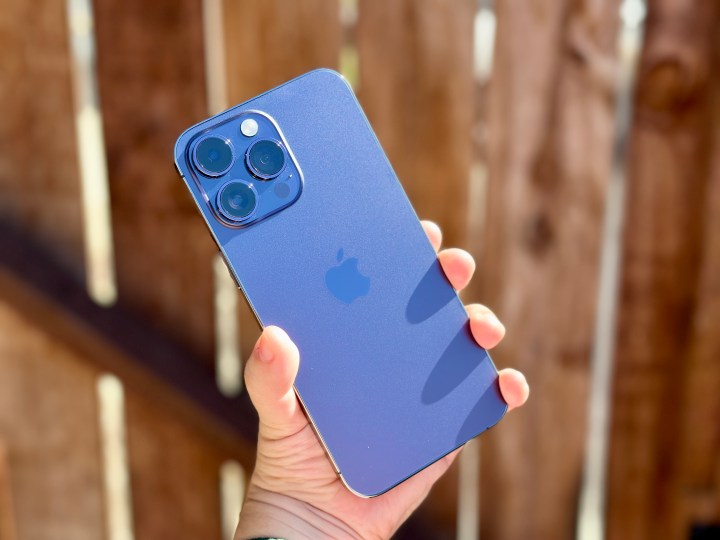
While Apple has a lot of successes under its belt, there have been plenty of flops, too. However, it feels like Apple has mostly learned from its past failures, as more recent iPhone models don’t have a new “antennagate” or “bend-gate” problem like in the past. Apple has still made some questionable decisions, like with the iPhone SE (2022) and iPhone 14 Plus. Even then, they’re not huge controversies like the iPhone 4’s infamous “you’re holding it wrong” saga.
Though the iPhone 14 lineup just came out recently, we’ll have the iPhone 15 at some point next year. Will that series be a smashing success? Or will it have a model that sticks out like a sore thumb, similar to the iPhone 14 Plus? Only time will tell.
Editors' Recommendations
- This is the iPhone concept of my dreams
- I found an amazing new way to use my iPhone 15 Pro Max
- Are you having iPhone alarm problems? A fix is coming soon
- This one Apple Fitness feature completely changed how I exercise
- Nomad’s new iPhone case and Apple Watch band may be its coolest yet

